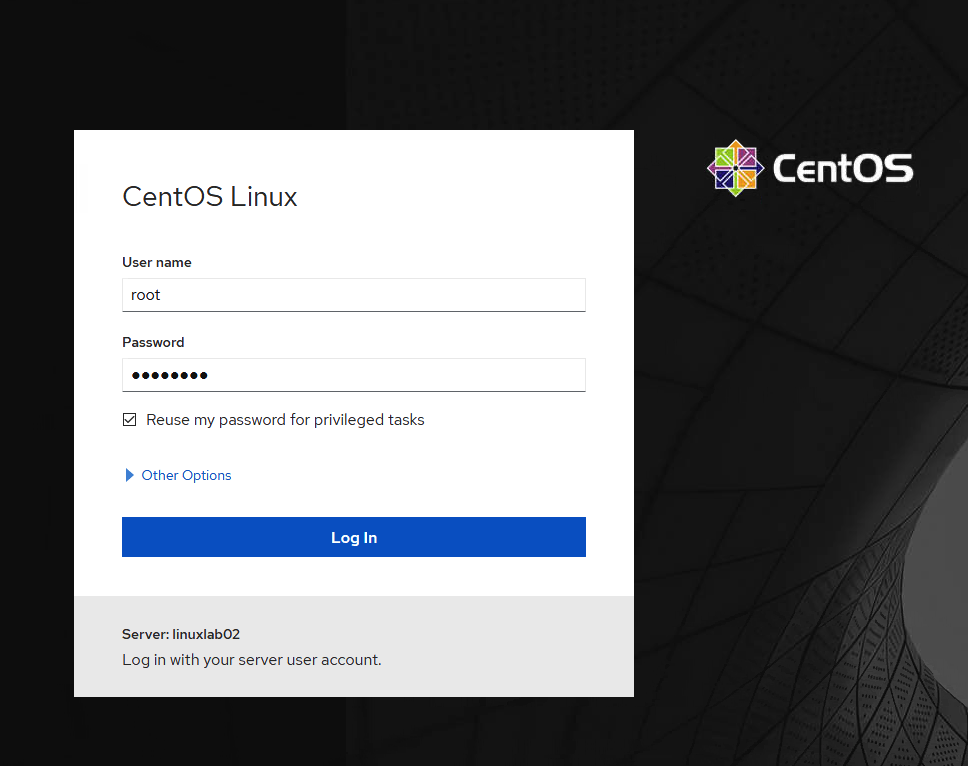RHEL 8 /CentOS 8, step by step easy installation guide
As per the official RedHat documentation “Red Hat Enterprise Linux 8 delivers a stable, secure, consistent foundation across hybrid cloud deployments with the tools needed to deliver workloads faster with less effort. It can be deployed as a guest on supported hypervisors and Cloud provider environments as well as deployed on physical infrastructure, so your applications can...
What is the new COCKPIT on RHEL8 /CentOS 8? How to install and use?
Cockpit is a server administration tool by Red Hat, focused on providing a modern-looking and user-friendly interface to manage and administer servers. Red Hat Enterprise Linux 7 included Cockpit in the optional and extras repositories, and it’s included in Red Hat Enterprise Linux 8 by default. Important features of Cockpit documented by RedHat Graphical and...
What is SWAP space? How to CREATE, EXTEND or REMOVE SWAP Space in RHEL/CENTOS
What is SWAP space in Linux ? Swap is the secondary memory or slower memory in your server. Physical Memory or RAM is the primary memory resource. Swap space in Linux is used when the amount of physical memory is full. If the system needs more memory and the physical memory is full , swap...
SELinux and RHEL7 | What is Permissive mode in SELinux
What is SELinux ? Security-Enhanced Linux (SELinux) is a security architecture for Linux systems that allows administrators to have more control over who can access the system.SELinux defines access controls for the applications, processes, and files on a system. It uses security policies, which are a set of rules that tell SELinux what can or...
How to change a forgotten or lost root password in RHEL7 or CENTOS 7
How to change a forgotten or lost root password in RHEL7 /CENTOS 7
How to Boot into rescue mode in RHEL 7 / CENTOS 7
Rescue mode provides a convenient single-user environment and allows you to repair your system in situations when it is unable to complete a normal booting process. In rescue mode, the system attempts to mount all local file systems and start some important system services, but it does not activate network interfaces or allow more users...
How to upgrade the RHEL/CENT OS without the YUM Server
How to upgrade the RHEL/CENT OS without the YUM Server
How to create a Volume Group and XFS filesystem on RHEL or CENTOS
Here is the easy guide to create a LVM volume group and XFS filesystem on RedHat /CentOS Linux Server Find the Available /Free disk on the server using fdisk. In this example /dev/sda is the OS disk and /dev/sdb and /dev/sdc are Free disks Create the Disk Partition using fdisk [root@linuxlab01 /]# fdisk -l |grep...
How to setup YUM repo using locally mounted DVD on RHEL 7/CENT OS
If you don’t have a YUM repo server , you can create a yum repo locally using the DVD media in a few minutes. First download the DVD install media of your choice from RedHat or CentOS site. Copy the DVD media to the local server where you would like to create the repo. It...


Recent Comments